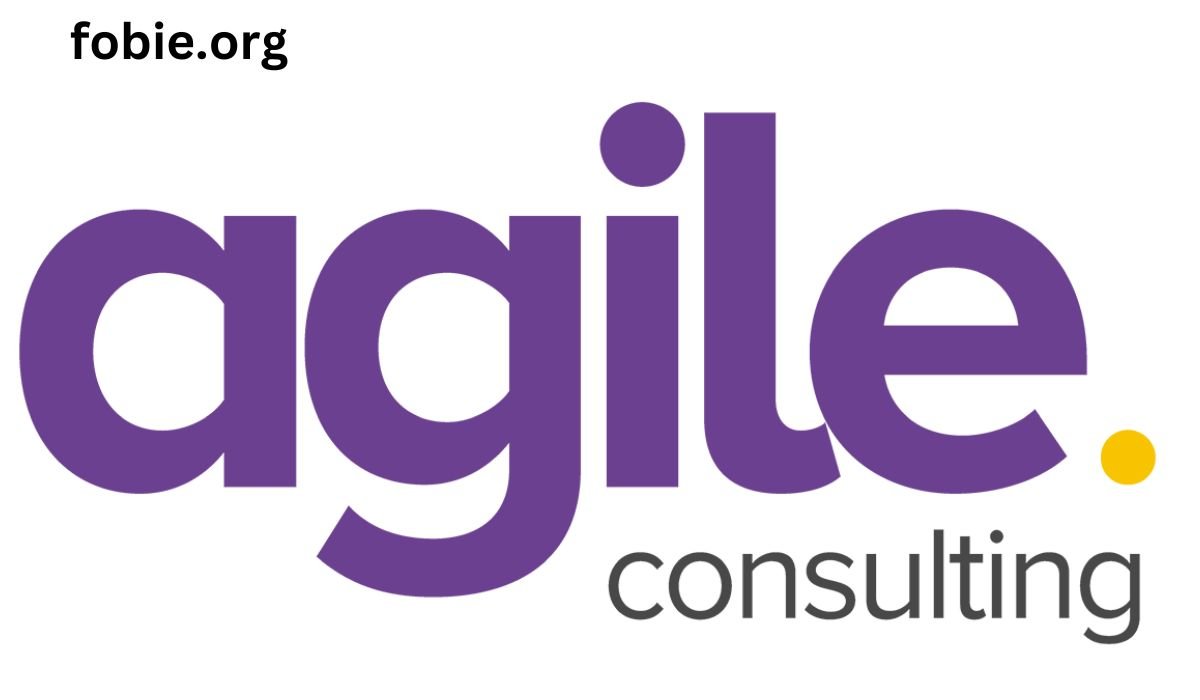Why Move from Operations to Ownership?
Operational roles in the distribution industry provide valuable insights into goods flow, relationship management, and efficiencies. However, many professionals desire full ownership due to strategic direction, direct effort-reward correlation, and greater impact on employees, customers, and the market.
The shift, however, isn’t without its challenges. New owners must embrace broader decision-making, manage risk directly, and routinely step outside the comfort zone of operational predictability. At the outset, one of the most practical moves is identifying the right opportunity among the many distribution businesses for sale. These business listings provide valuable overviews—not only of price and profit, but also industry segment, established vendor relationships, and growth potential. For many future owners, exploring these listings is an eye-opener, helping to match personal skill sets with businesses most likely to flourish under their leadership.
Evaluating the Right Distribution Opportunities
Transitioning from operator to owner requires careful evaluation of prospective businesses, including financial records, customer demand trends, vendor reliability, and market fit. Business performance, existing processes, reputation, and scalability are crucial factors. Stable trends indicate good market fit, while erratic results indicate deeper challenges. Reputation among vendors and clients is a core asset, and scalability is essential for future growth. Successful transitions involve viewing the purchase or startup process as an opportunity to create lasting value.
Key Considerations When Taking the Leap
To become a successful business owner, consider financial readiness, market position, and personal experience. Adequate working capital is crucial for navigating initial challenges and securing funding. Assessing a business’s unique selling points and offering sustainable competitive advantages is essential for long-term success. Personal experience, like lean management or warehouse automation, can accelerate learning and generate returns.
Strategic Planning for New Owners
Transitioning to ownership requires strategic planning and a robust business plan. Clear objectives for staffing, logistics, inventory management, and growth initiatives provide direction. Strategic investments in technology, training, and marketing can set the stage for long-term prosperity.
Assessing Investment and Risk
Business owners must assess and manage risk, considering potential vulnerabilities like supply disruptions, regulatory changes, and economic downturns. Maintaining reserves and monitoring critical indicators are crucial. Today’s distribution businesses diversify to avoid over-reliance on a single customer or supplier, stabilizing revenues and allowing pivoting in response to market demands.
Overcoming Common Distribution Challenges
New owners face steep learning curves during the transition period, with supply chain delays, labor shortages, competitive pricing, and operational efficiency. Key factors include building a support network, engaging with industry associations, and implementing reliable inventory management. Adaptability, openness to change, and flexibility, as well as market intelligence and advocacy, are key to longevity in the sector.
READ ALSO: Nnovations in Industrial Mixing: Meeting New Challenges in Bulk Processing











